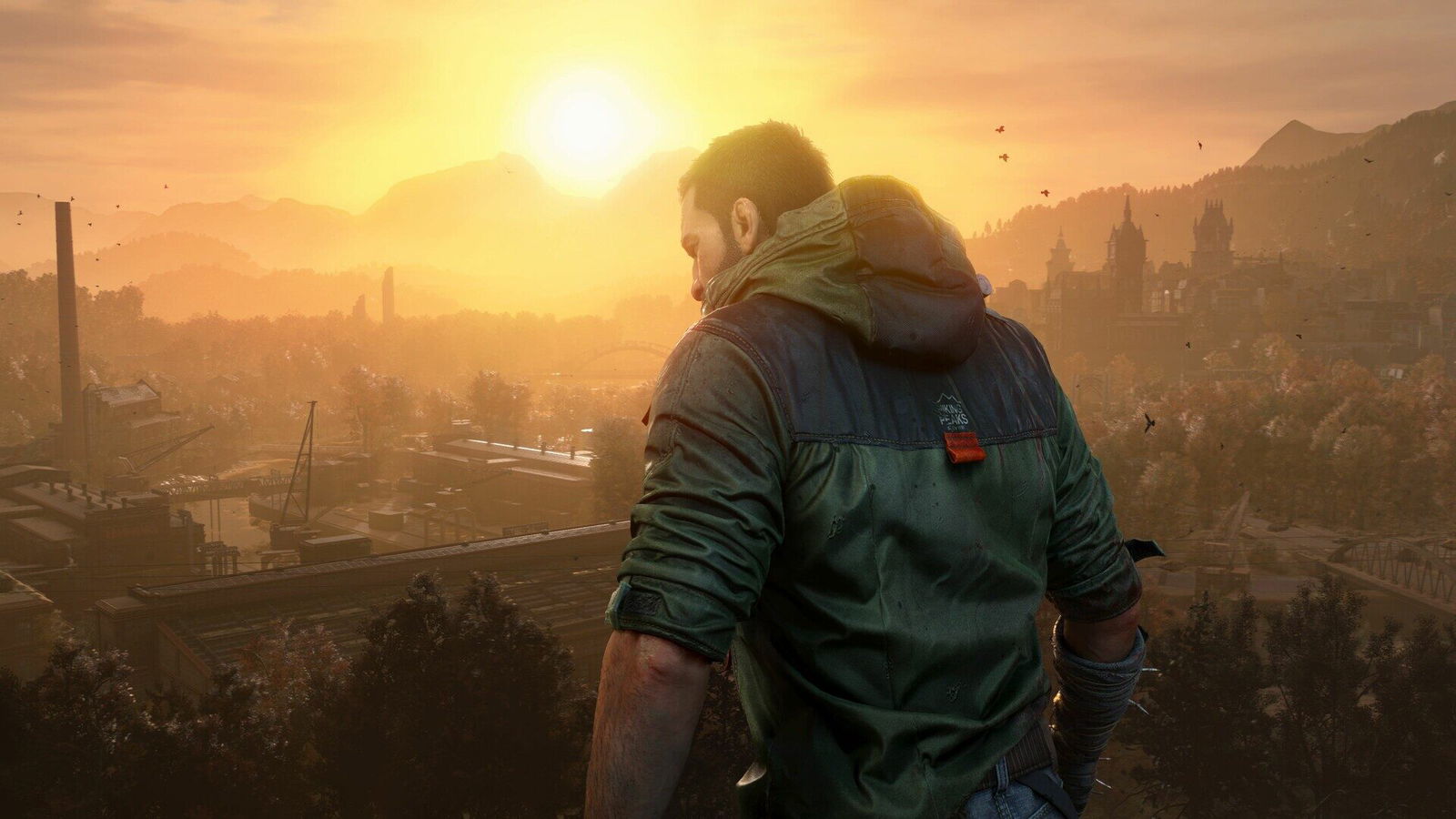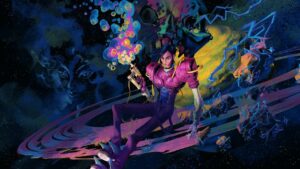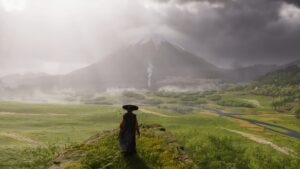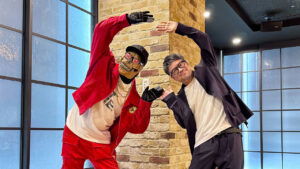When the original Dying Light launched back in 2015, I was hooked from the first rooftop leap. The blend of parkour and panic was unlike anything else at the time. Movement had weight, combat felt desperate, and the world begged to be explored even when it was actively trying to kill you. Years later, I revisited it with a group of friends, running through the campaign co-op from start to finish, and found myself falling in love with it all over again. That game still hits. The way it balances tension and momentum, and how it constantly forces you to think on your feet.
So when I heard that Dying Light: The Beast was returning to its horror roots, I was more than curious. I was ready. Everything about the setup feels like a pivot: a forest instead of a city, a cold and calculated villain instead of a brute, and the long-awaited return of a character I’d written off as gone forever. Kyle Crane isn’t just back, he’s broken, angry, and maybe more dangerous than the monsters around him.
To find out how Techland is evolving a franchise that helped redefine the zombie genre, CGM sat down with Franchise Director Tymon Smektała to talk about Castor Woods, the shifting tone of the series, and what it’s like building something new on the bones of something beloved.
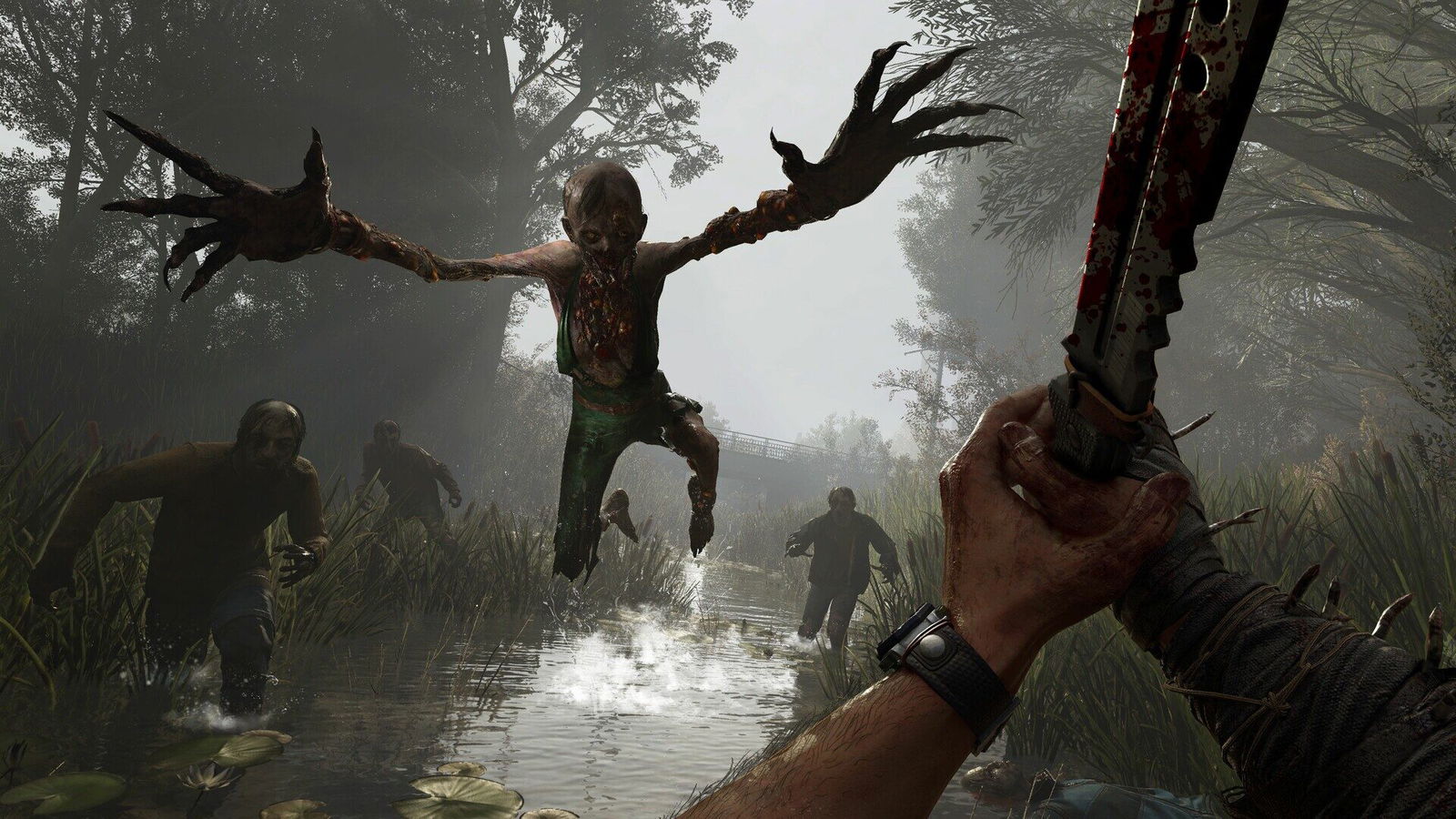
Let’s talk about Castor Woods. It’s a major shift from the dense cityscapes we’ve seen before. What made you go for the quiet, tourist-town-turned-nightmare angle?
Tymon Smektała: After creating city-centric sandboxes in two games in a row, we were actually itching to do something different. We settled on the decision to explore an environment where nature, not concrete, sets the rules, and we chose that direction mostly because we wanted to challenge ourselves a little bit, push the boundaries of what we thought worked in a Dying Light game.
Castor Woods began life as a picture-postcard resort—a place built for hikers, tourists and… instagrammable vistas. Once the outbreak hit, that idyllic backdrop froze in time, leaving chalets overrun by ivy and hike trail signs half-covered by dirt. Artistically, it let us contrast beauty with decay, and from a gameplay angle, it forced us to rethink traversal, and how our horrors and scares could work when trees replace alleyways.
Kyle Crane is back in Dying Light: The Beast, which is huge for fans of the first game like me. What made now the right time to bring him out of the shadows, and how different is he from the guy we knew in the original?
Tymon Smektała: Player questions about “what really happened to Crane?” never stopped after Dying Light: The Following, and I got tired answering it for 10 years in a row, haha. Seriously though, the franchise’s 10-year mark felt like the right moment to answer that once and for all. But don’t expect Kyle to be this upbeat, wise-cracking bad ass mercenary anymore. Years of captivity and experimentation have left him scarred — literally and psychologically. He’s tougher and more bitter, approaching others with a thick grain of salt.
Additionally — due to what Baron did to him — he’s prone to frightening bursts of power he doesn’t fully control, which manifest themselves not only in gameplay but also in narrative. But underneath it all, he’s still there, flesh, bones and soul, and as the game unfolds, he’s definitely getting back more and more to the “old Kyle”. I think we managed to make him a more interesting, more mature character without losing what made him special to more millions of players in the first place.
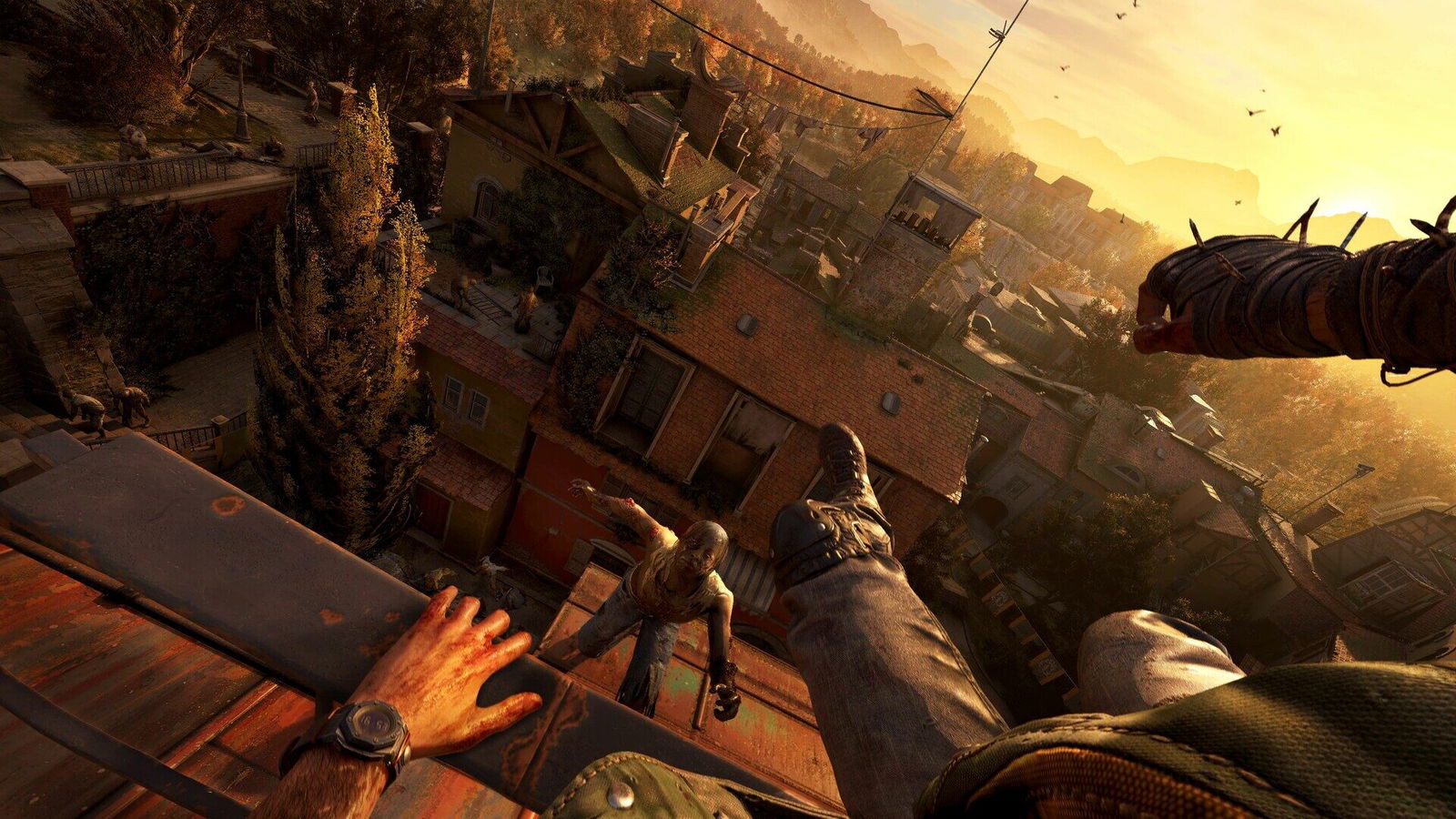
The Baron seems like a seriously nasty piece of work. How did you approach designing a villain in Dying Light: The Beast that could stand toe-to-toe with the horror fans already have in their heads and evolve from Rais and Waltz?
Tymon Smektała: Rais was pure brutality, Waltz was blinding obsession; the Baron is cold brilliance. We asked ourselves this: What does a scientist become when ethics die before humanity? The Baron is an answer to that. Even how he looks — expensive coat, golden brooch, surgical gloves kept pristinely clean — he combines luxury, sophistication and ruthlessness like no other nemesis we did before.
He’s the closest to a Bond villain we ever were. What’s interesting is that for the majority of the game, he’s very hands-off — makes your life harder using his private army and monstrous Chimeras, but stays at a distance, observing how you react. This makes players’ motivation to “finally get him” even stronger — and when that face-off happens… well, you know I can’t share spoilers.
When looking at the human enemies of Dying Light: The Beast, what went into designing them this time around so they could compete with the infected in terms of raw threat and tension?
Tymon Smektała: When working on human enemies, we set to achieve two big goals: make these guys smarter and make our human AI fully capable of using firearms properly. Baron’s soldiers use suppressive fire, know a thing or two about flanking and generally want to make you stay away from cover.
The last thing is actually a nice design trick we pulled off, as their behaviour is meant to keep you moving for two reasons: first, this makes them more dangerous and threatening, important for a survival game like Dying Light; and second, it also makes YOU use more of your parkour abilities naturally.
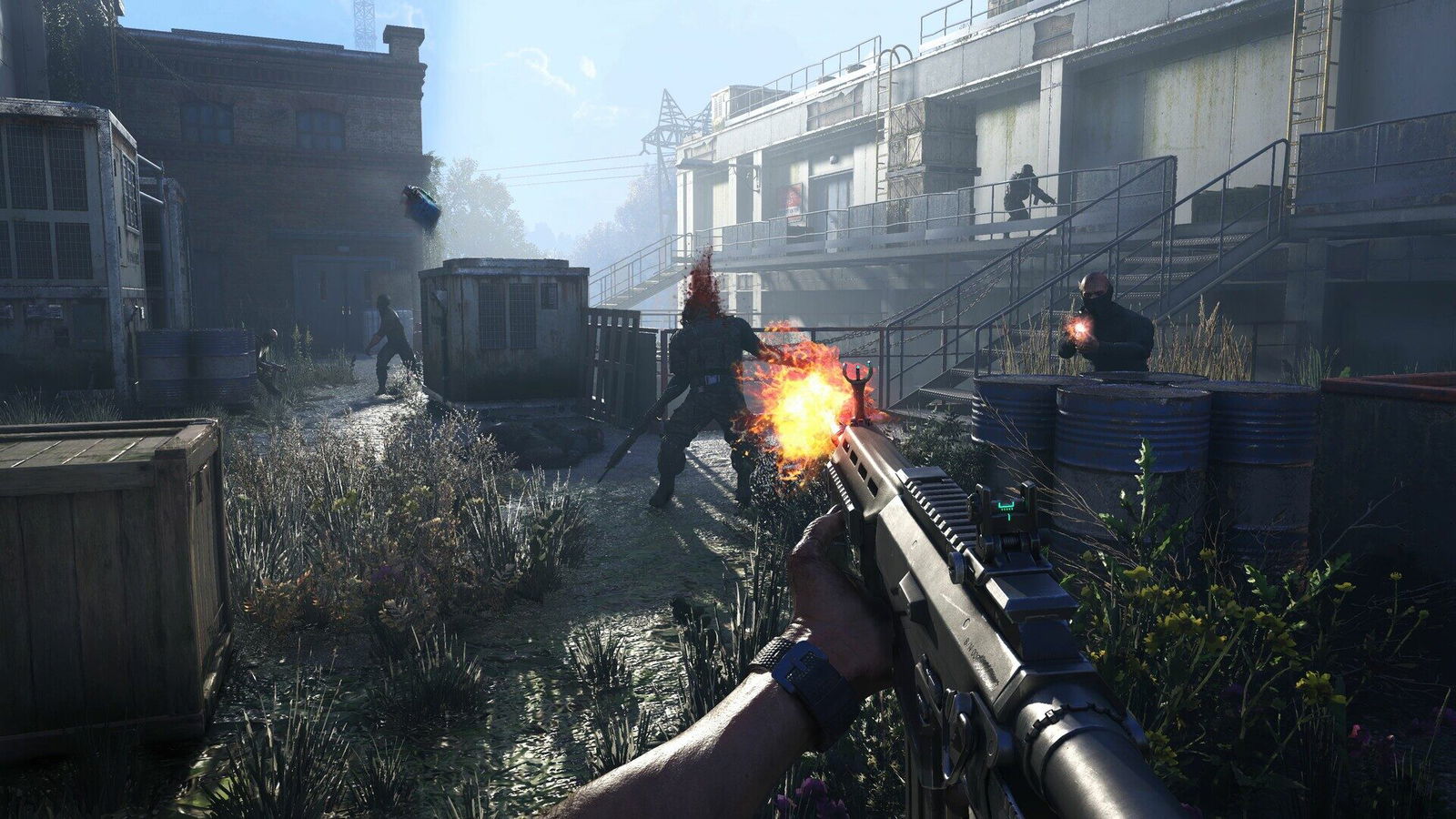
Parkour has always been the heart of Dying Light, and it feels even tighter in The Beast. Were there any new traversal mechanics or lessons from DL2 you carried over and refined?
Tymon Smektała: Any and all of our gameplay systems in Dying Light: The Beast use all of our experiences from working on the franchise for 10 years. As any serious Dying Light fan knows, it wasn’t always a smooth ride, so we had our share of lessons to be learned. Dying Light: The Beast combines the grounded physical aspect of parkour from the original Dying Light, but also uses some of the systems we’ve found successful in Dying Light 2: Stay Human, like smoother and more precise ledge detection.
We also dropped some systems that we’ve found less satisfactory, like the stamina cost for climbing flat vertical surfaces. We also spent a lot of time perfecting the level design of our maps, making sure that geometry is spaced properly and every parkour jump that feels natural to players as they play actually works as they expect it to. Even though some areas of the map don’t lend themselves as well to prolonged parkour runs, we actually work for the advantage of the game, making players feel more fragile when they’re out there, at night, with Volatiles around them — and they’re aware that parkour will not save them from chases so easily.
On the other hand, in areas where parkour is natural — like the town in the centre of the map or the industrial park — we asked our QAs and LDs to make these areas a “parkour paradise” — a place where one can really flex their traversal skills and the game not stand in the way.
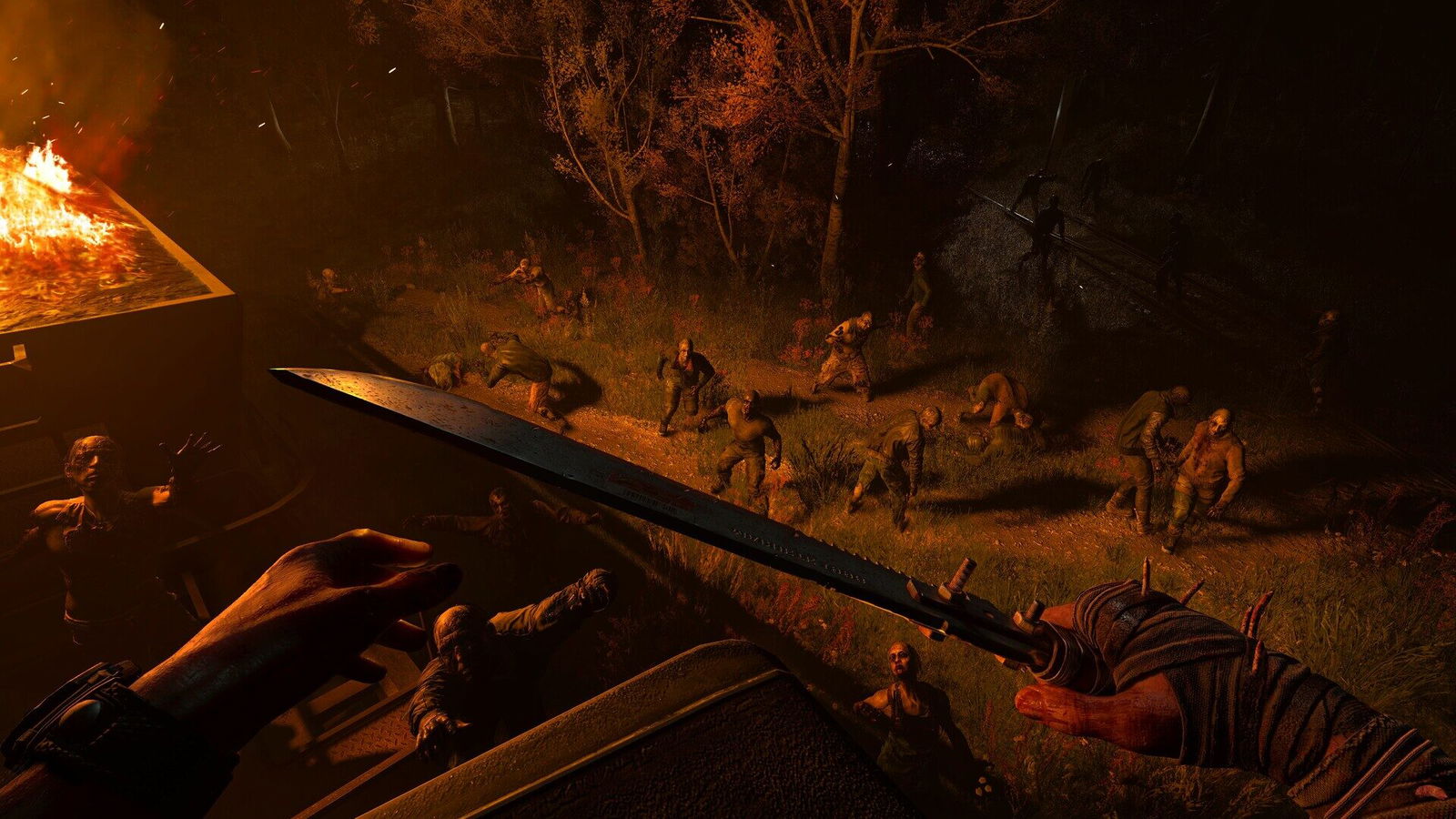
This new location feels like it’s always one bad night away from collapsing. How do you build that kind of tension into a setting that’s a little more open and seemingly peaceful on the surface?
Tymon Smektała: I think the best answer would be by contrast. Daylight is chirpy birds, gentle wind, touristy posters pinned to cabin walls. The game really looks beautiful during the day, especially during sunny weather or right after rain. I have tons of screenshots on my PC that I captured on an impulse, just seeing something really nice in front of me. Of course, all of these screenshots also have a machete or a bloodied axe in them, but let’s not mention that.
But when the night falls, we make the world quieter, as it’s holding its breath for something awful to happen. Then it gets darker. Then what was vibrant and colourful changes into shadowy silhouettes. Then it gets really dark, and suddenly you hear ugly monsters all around you. Scary stuff, especially if this catches you in the middle of the forest.
How much of Dying Light: The Beast is a standalone story, and how much leans on players knowing what happened in Dying Light 2? Can newcomers jump in without getting eaten immediately?
Tymon Smektała: Dying Light: The Beast is the next fully fledged game in the Dying Light universe, but newcomers are definitely welcome. We had come to lengths to make sure the game explains itself well to people who have never ever experienced Dying Light. There are tutorials, “the story so far” summaries, etc., but what really helps us is that Crane himself is rediscovering the world after many years of captivity, so the script explains key lore and world-building elements through his eyes. Yes, if you played the earlier games, you’ll catch deeper references, but you won’t be lost if you haven’t.
Co-op’s a big part of the Dying Light DNA, how are you evolving that experience without making it feel like a side mode?
Tymon Smektała: To be honest, we’re not doing anything revolutionary with co-op in Dying Light: The Beast — in turn, we’re just polishing the system to make sure it’s ready for 4-player co-op sessions mechanically and technically. One big change is that the full campaign (bar short introductory sequence) is not only played in drop-in/out co-op but also shared, so whatever narrative progress you make, either in your own game or when joining other players’ sessions, is kept and saved, so you don’t have to replay any missions and quests.
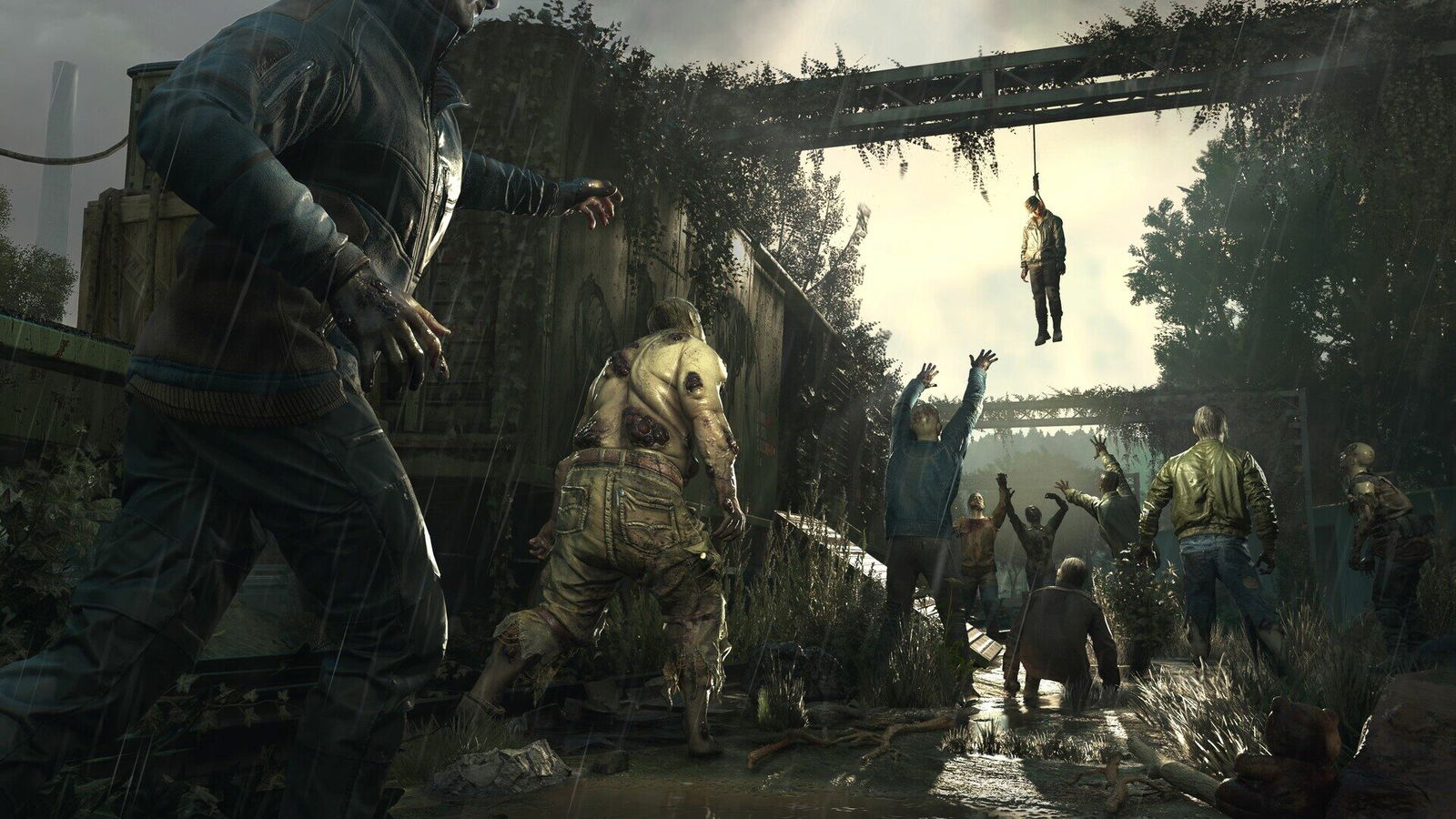
Is there a mechanic or system you’ve always wanted to try in the series but couldn’t until now?
Tymon Smektała: Good question. On a more general level, I think we always wanted to see how much we can squeeze out of a Dying Light game without having a map which is one big city — and while doing that, we actually discovered we can squeeze a lot. Looking at something more detailed, I’d say it’s the 4-player vehicle. We never expected it, but when we playtest the game in co-op, we discovered our fans have a lot of fun when the whole team jumps inside, everyone except the driver leans out with their firearms out, and suddenly the game changes into a real “zombie safari”. Good, old-fashioned fun that’s sometimes missing in games nowadays.
Dying Light just hit 10 years, which is wild. When you look back at that original game, what do you think surprised you the most about how players responded to it?
Tymon Smektała: To be super honest, I’d say we never expected such a big affection for Kyle Crane. We knew players liked him, but the “Bring Crane Back” threads online never died. That love and passion definitely played a big part in steering our creative decisions in that direction. But I also need to express how grateful we are to our players for the early reception of the game. At first, Dying Light wasn’t the media darling it later became, and it was the real players who “got it” before anyone else did. This really was crucial to our morale and made us more confident in our dev skills.
What’s something from the early days of Dying Light development that you think people would be shocked to know almost made it into the final game?
Tymon Smektała: It’s hard to say, really. Game development is based on having a lot of ideas at first, then pushing them forward, testing how they interact with other systems, and then abandoning midway if the team realizes not everything works as it was intended. I don’t think there are many games out there which were created in a way that most people imagine it happening — that first there’s a paper design that describes all and everything about the game, and then you just do it.
Some experimentation and some loss is needed; it’s just a matter of proper balance and a clear vision of what your top-level goal for the game is. If there’s one thing that players might be shocked about, that it almost didn’t make it into the game, I’d say it’s the original grappling hook from the first Dying Light. We had a lot of considerations about whether we should keep it or not, and at some point, close to the release, the “let’s remove it” team was actually quite strong.
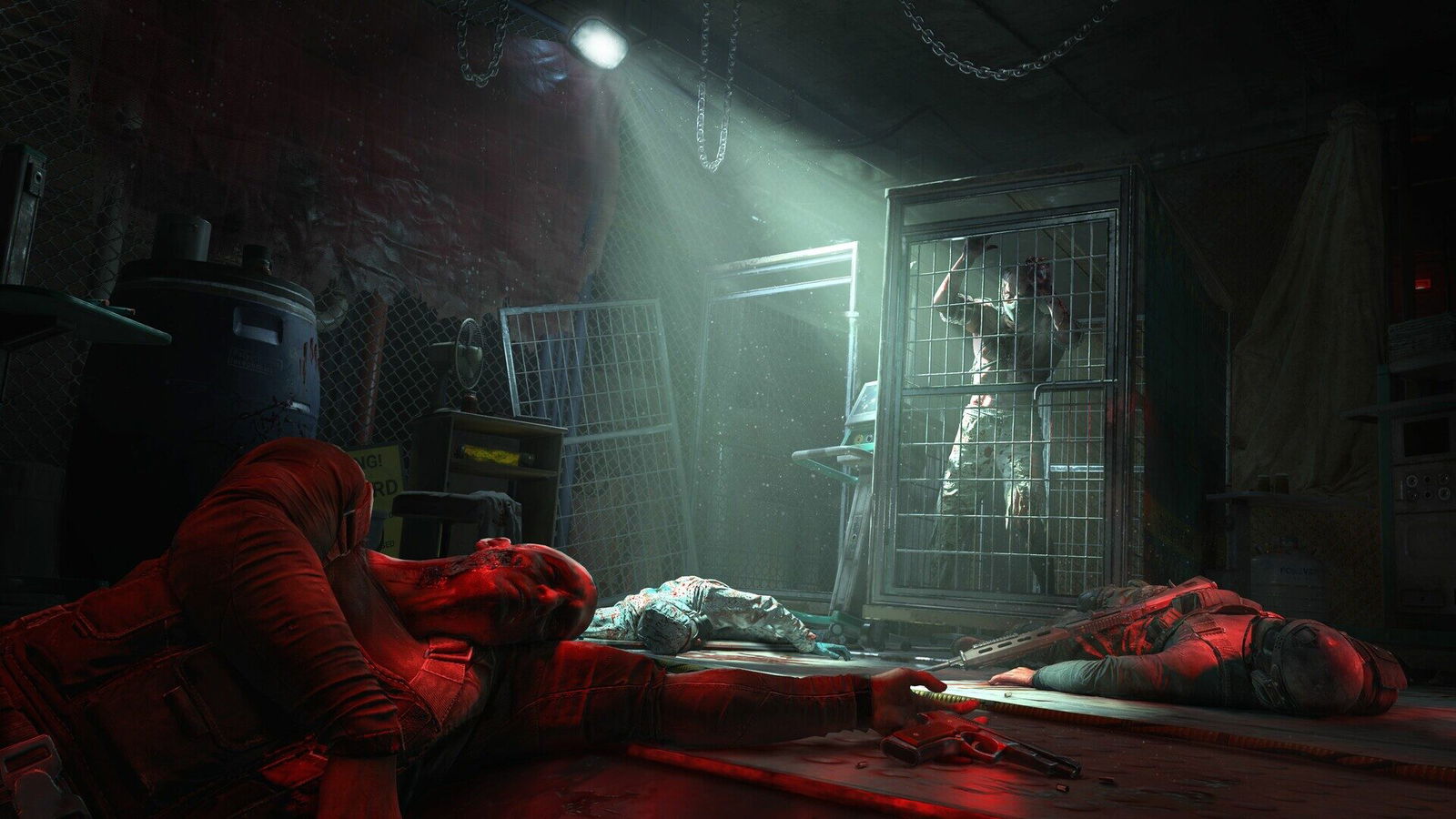
Have fan reactions or community feedback ever directly shaped a mechanic or design choice in a way that surprised you?
Tymon Smektała: Absolutely. We consider our development process community-driven — or to be more precise co-driven — and we constantly update the game, tweaking bits and pieces according to the community’s requests. A good example for Dying Light: The Beast could be the first-person camera during vehicle driving; we initially showed only third-person cams in early materials and said we’re debating if FPP is needed, and the community response was loud and immediate. We re-scoped, and now you can toggle the driving camera on the fly. It’s our way of giving love back to the people who made Dying Light such a worldwide phenomenon.
Dying Light: The Beast has been delayed to September 19, 2025, to give the game a bit more time to cook, but according to previews, we certainly have something great to look forward to.
